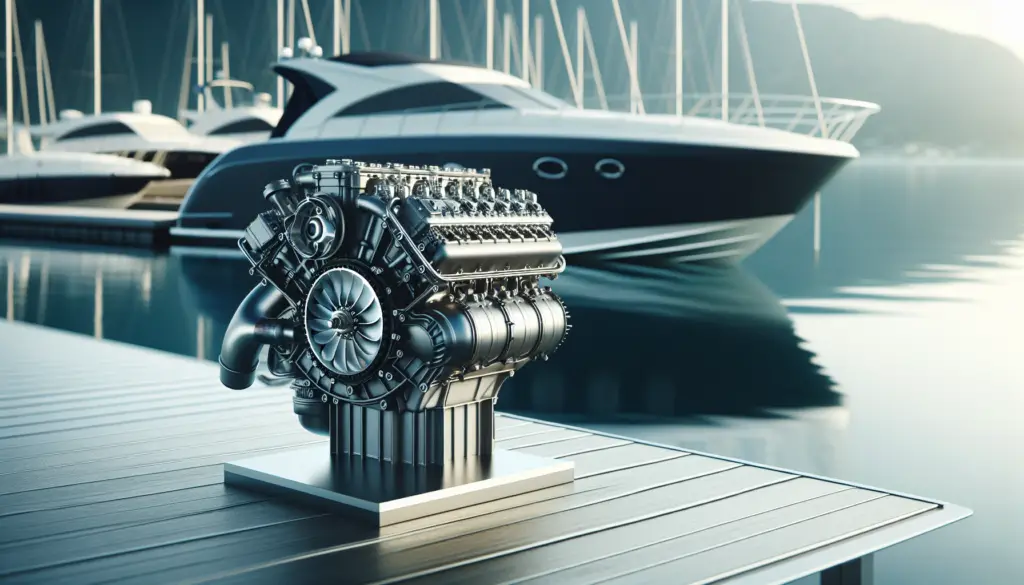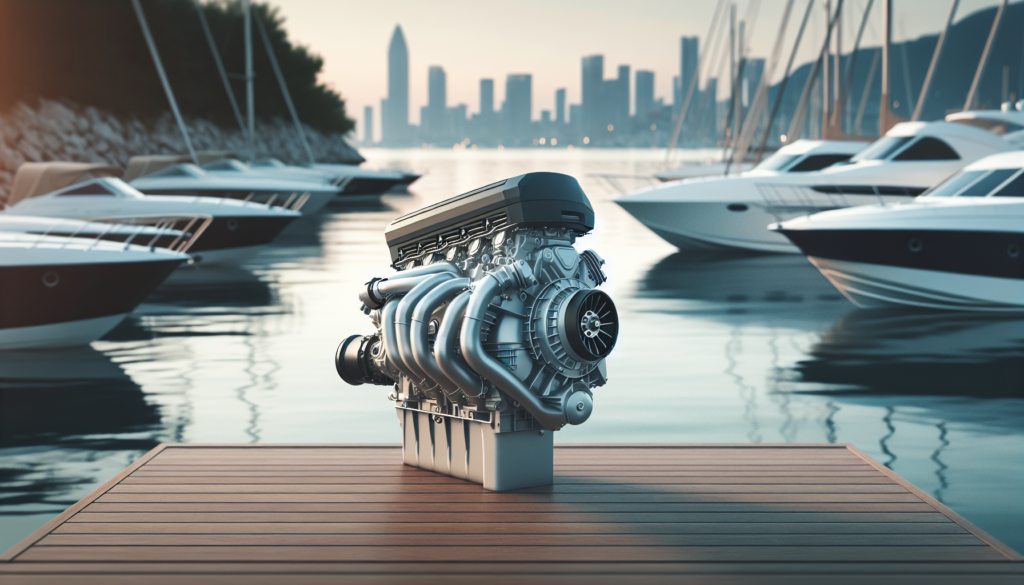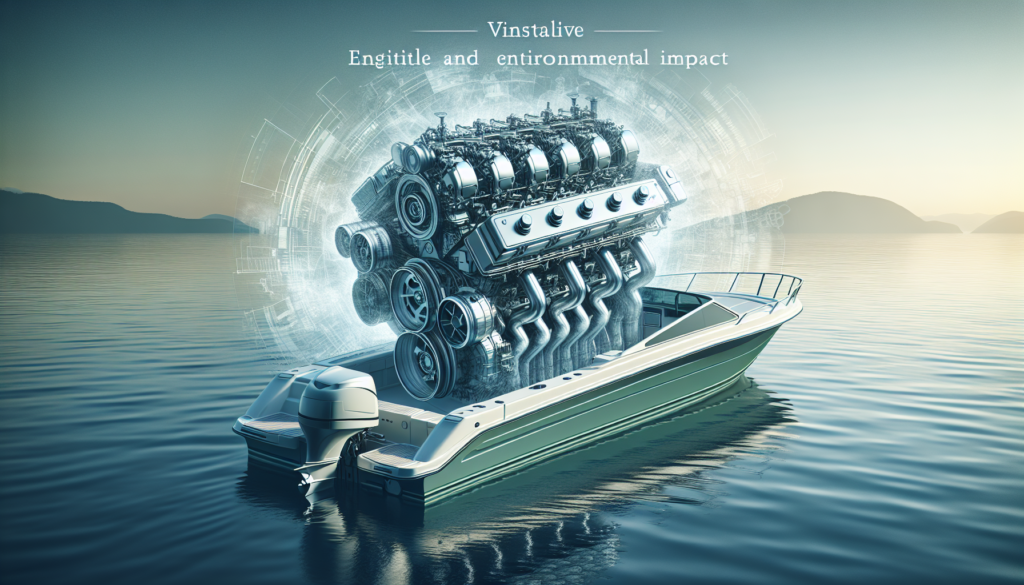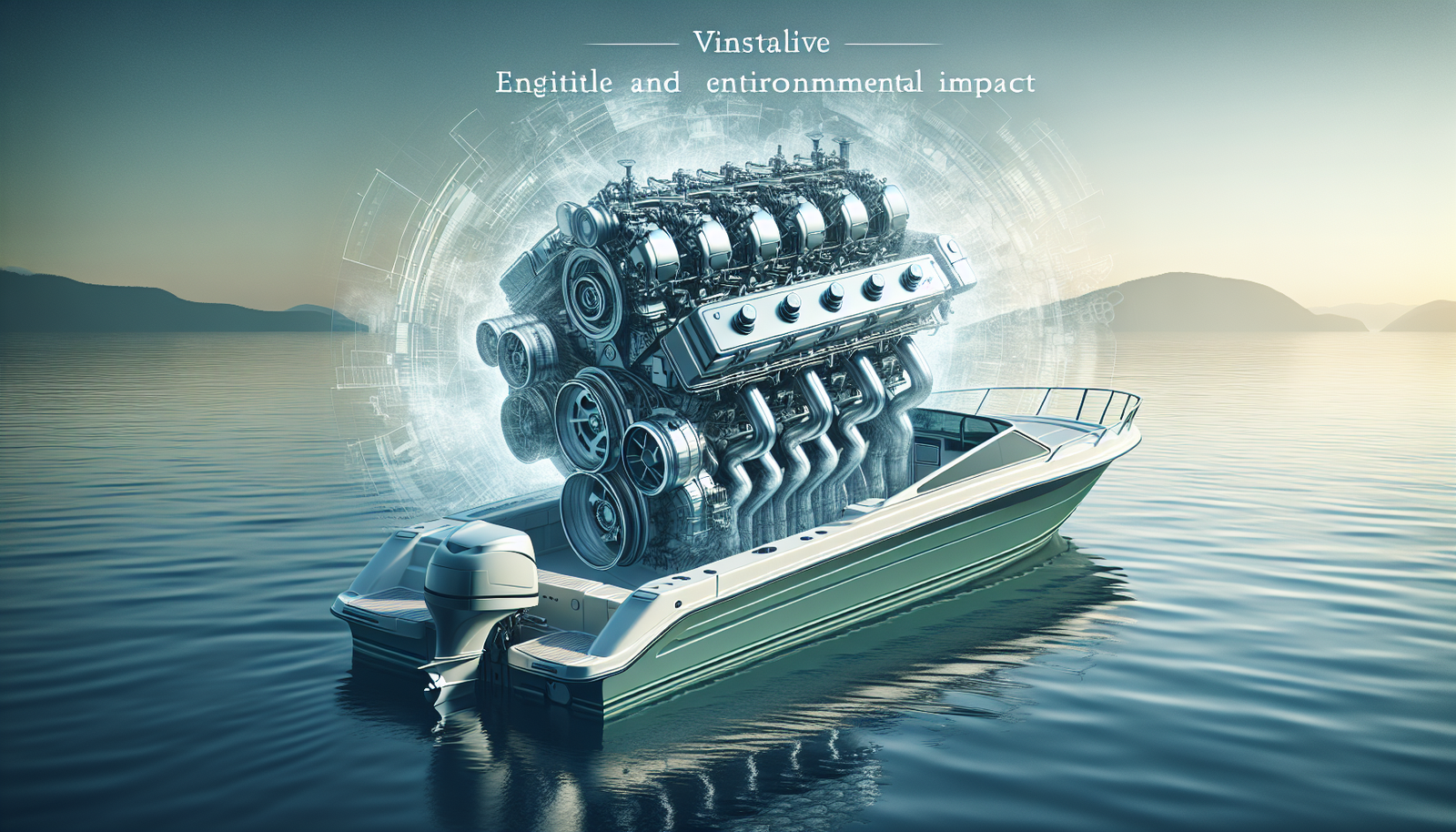Navigating the waters of purchasing the right boat engine can seem like a daunting task. This comprehensive guide will provide you with everything you need to know about opting for low-emission boat engines. As eco-friendliness becomes more and more important, making an informed choice could save both your wallet and the environment. Let’s embark on this journey to deliver a wealth of knowledge on equipments that align with clean marine initiatives and healthier oceans. This is your ultimate tool in simplifying the complexities of the eco-friendly boating world and discovering your perfect low-emission boat engine.

Understanding Low-Emission Boat Engines
Let’s dive right in and explore the world of low-emission boat engines. These are marine engines that adhere to strict emission standards set by environmental agencies, releasing fewer pollutants into the environment.
Definition and basic function
So, what exactly are low-emission boat engines? They are designed to reduce the amount of harmful emissions such as carbon monoxide, nitrogen oxides, and hydrocarbons. They function much like traditional boat engines, but with enhanced technology and design features primed for fewer emissions and better fuel efficiency.
Environmental benefits of low-emission engines
The perks of such engines play a huge role in curbing environmental degradation. Decreasing pollution contributes to improved air and water quality, protecting biodiversity, and tackling climate change. Embracing this tech makes you a part of a green future, one where enjoying your boat doesn’t mean contributing to environmental harm.
Generalists vs specialists: choosing according to your needs
When deciding on a low-emission boat engine, you need to evaluate what you require from your engine. ‘Generalists’ are versatile engines that can handle a range of activities, while ‘specialists’ are designed for specific uses. You need to analyze your boat usage patterns before making your choice.
Types of Low-Emission Boat Engines
There’s an exciting range of low-emission boat engines to explore.
Electric motors
Like the booming sector of electric cars, electric boat motors have come a long way. They’re quiet, require less maintenance, and produce zero emissions. Ideal for smaller vessels or low-speed activities.
Hybrid engines
These combine the advantages of a traditional combustion engine with an electric motor. The system alternates between both depending on the boat’s use, offering greater flexibility.
Bio-fuel engines
This type of engine runs on bio-fuels derived from organic or waste materials. They burn cleaner than fossil fuels, which lowers emissions dramatically.
Propane engines
Propane engines are also eco-friendly options, running on cleaner, efficient LPG fuel, resulting in fewer carbon emissions.
Natural gas engines
Natural gas engines utilize compressed or liquefied natural gas, which leads to fewer emissions compared to petrol or diesel engines.

Features to consider in Low-Emission Boat Engines
Just as critical are several key features to keep in mind while considering a potential purchase.
Durability
A primary concern has to be the engine’s durability. Ensure that the engine is robust and capable of withstanding regular usage without frequent breakdowns.
Fuel efficiency
This relates to how much fuel the engine consumes per unit of power. A more fuel-efficient engine means fewer emissions and less money spent on fuel.
Power and speed
Make sure your boat’s engine can deliver the speed and power needed for your activities. Speedboats and commercial boats will need more power than leisure craft.
Emission ratings
Assess the engine’s emission ratings based on standards set by environmental agencies. Lower emission ratings indicate a cleaner engine.
Noise levels
High noise levels can cause disturbance to marine life and hamper your peaceful outing. Opt for engines with lower noise levels for a smoother ride.
Operating Cost of Low-Emission Boat Engines
Once you have narrowed down your choices based on features, let’s move on to those crucial operating costs.
Fuel consumption
Low-emission doesn’t always mean low fuel consumption. Evaluate the fuel requirements of each engine to estimate your regular fuel costs.
Maintenance costs
With the improved technology of low-emission engines may come higher maintenance costs. Factor in these costs over the lifetime of the engine.
Availability and price of alternative fuels
Ensure alternative fuels are easily available in your area and price competitive with traditional fuels before choosing an engine that requires them.
Life-cycle cost
Remember to consider all these costs across the engine’s life-cycle for a complete cost assessment.

Comparing Low-Emission Boat Engines Brands and Models
In this sea of options available, you’ll need to compare various brands and models.
Market leaders in low-emission engines
Research well-known brands with good records in low-emission engine production. Their experience in the field often guarantees quality, innovation, and superior customer service.
Comparative analysis
Studying different engine models side by side will give you a clear understanding of features and prices, helping you make a well-informed decision.
Customer reviews
Listening to boat owners who have used specific models will provide real-world insights about the engine’s performance and reliability.
Warranty and after-sales service
Check for warranties and the quality of after-sales service provided by the brand. This is an indication of how much a company stands behind its products.
Benefits of Switching to Low-Emission Boat Engines
A low-emission engine has plenty to offer beside that feel-good green factor…
Environmental benefits
The most obvious but still noteworthy are the environmental benefits. Reduced emissions translate to cleaner air and water, helping to preserve the marine ecosystem.
Economic savings
Less fuel used leads to massive savings over time. While upfront costs may be higher, the long-term economic benefits can be significant.
Regulatory compliance
Staying within the emission norms set by regulatory bodies removes the worry of fines or penalties for non-compliance.
Positive reputation and marketing benefits
Going green strengthens your reputation, especially if you run a commercial venture. It shows commitment to sustainability and attracts like-minded customers.

Challenges and Solutions in Using Low-Emissions Boat Engines
Not to put a damper on things, but it’s important to remember low-emission engines do have their challenges, though these are swiftly being overcome.
Limited power and speed
While they’ve caught up significantly, there might still be some gap in power and speed when comparing with traditional engines. Choose an engine custom designed for your boat’s needs to help combat this.
Availability of alternative fuels
Easy access to alternative fuels might be limited in some areas but increasing demand is driving wider distribution.
Higher upfront costs
The initial investment might pinch budgets, but remember to factor in the long-term savings in fuel and maintenance costs.
Addressing these challenges
These challenges aren’t insurmountable. Keep abreast of the latest advancements, the providers in your region, and changes to legislation that may ease these pressures.
Legal and Regulatory Considerations
Moving from challenges to obligations, you also need to understand all the legal and regulatory considerations of your engine decision.
Regulations governing emissions from boat engines
Discover which regulations apply to you. Countries have specific regulations about engine emissions, and non-compliance can have both financial and legal repercussions.
Compliance and penalties for non-compliance
Sync with the latest regulations and understand the penalties for non-compliance. Ensure your engine is compliant with the standards set by the authorities.
Benefits and incentives for low-emission engines
Check out the benefits or incentives your regional authority offers for low-emission engines. Anything from tax breaks to grants could be available, making the switch more appealing.
Low-Emission Boat Engine Maintenance Tips
A bit of care goes a long way. Here are some useful maintenance tips to help keep your engine in top shape…
Routine engine checks
Frequent checkups will nip any potential problems in the bud. Inspect your engine regularly for leaks, tune-ups, and cleanings to prevent significant damages.
Fuel management
Proper fuel management prevents wastage and improves efficiency, extending the life of your engine.
Avoiding unnecessary idling
Idle engines still consume fuel and emit pollutants. So, turn off your engine when not in use to save fuel and reduce emissions.
Proper storage
When not in use, store your engine properly. It aids longevity and minimizes repair costs.
Where to Buy Low-Emission Boat Engines
Finally, it’s buying time! You’ve got your facts straight and you’re ready to go green with your low-emission boat engine.
Online retailers
Online retailers provide a wide array of options you can view and compare right from your home.
Local boat dealerships
Local dealerships give you the bonus of face-to-face guidance and negotiating- you may even be able to see your chosen engine in action.
Boat shows and fairs
Boat shows, fairs, and expos are fantastic ways to explore latest tech, innovations, and trends in the market.
Leasing vs Purchasing options
Explore both buying and leasing options. Leasing can be an affordable way to use the latest eco-friendly engines without the high upfront cost.
There you have it- your comprehensive guide to low-emission boat engines! Reducing your carbon footprint while enjoying your aquatic adventures has never seemed more effortless.

